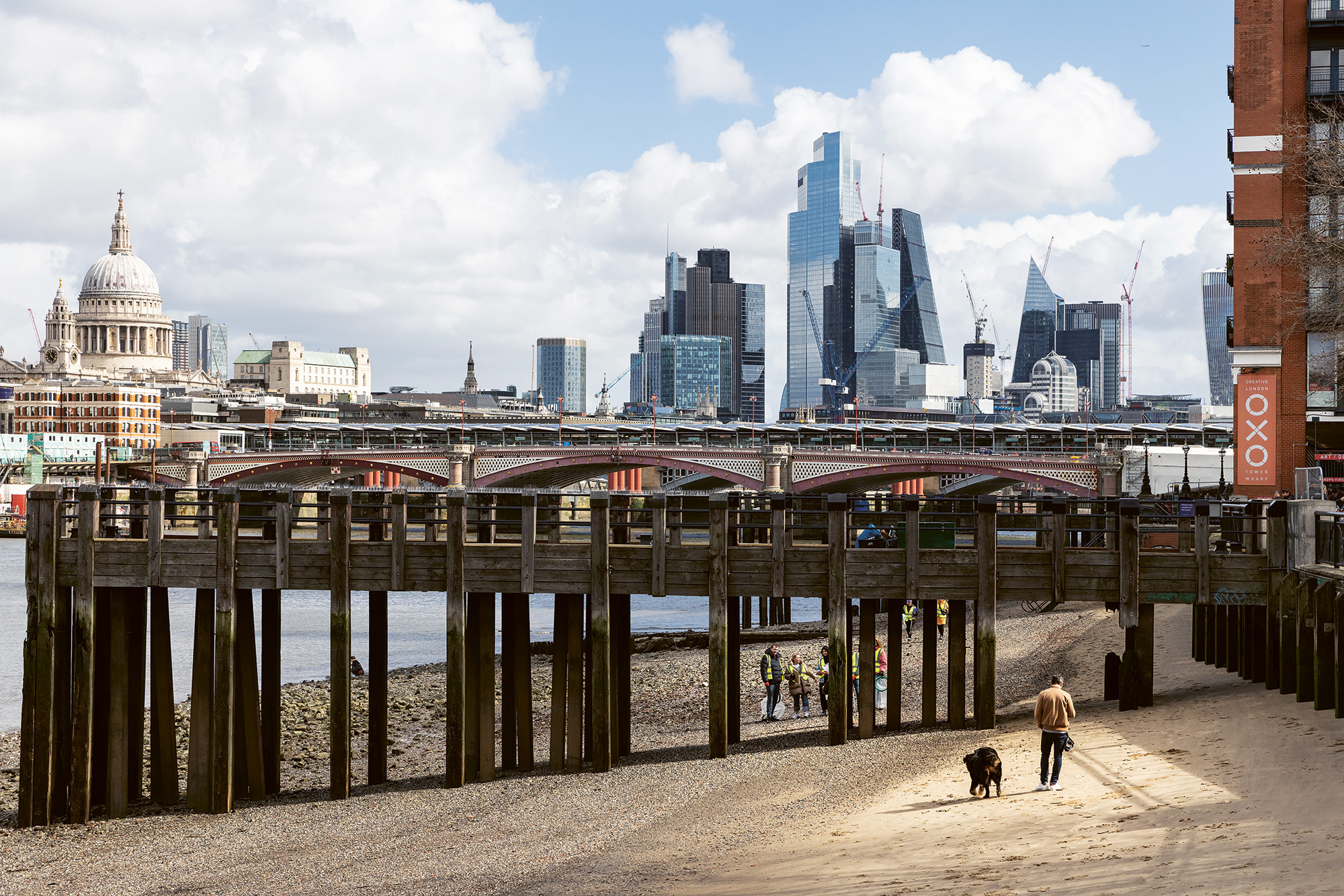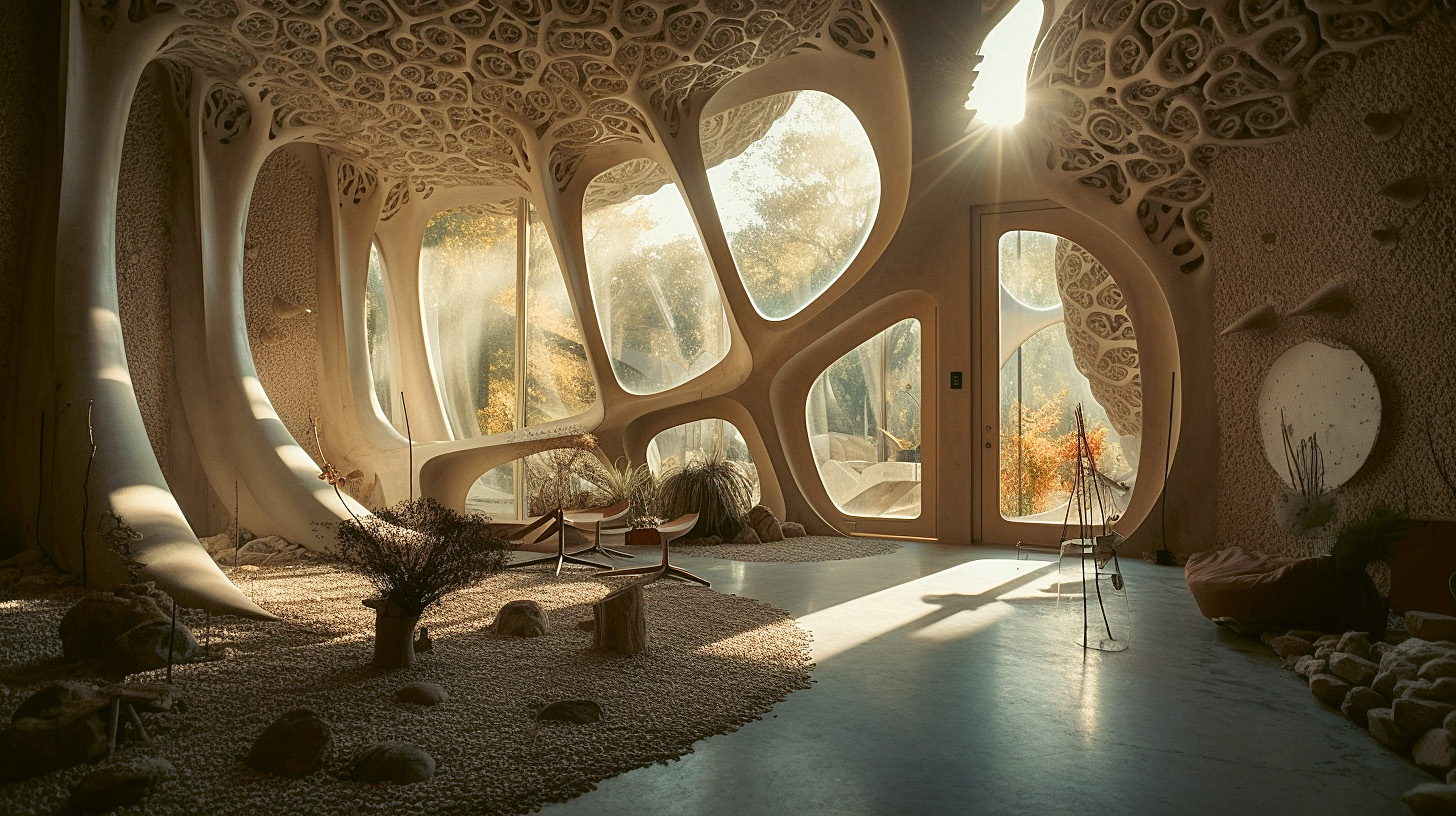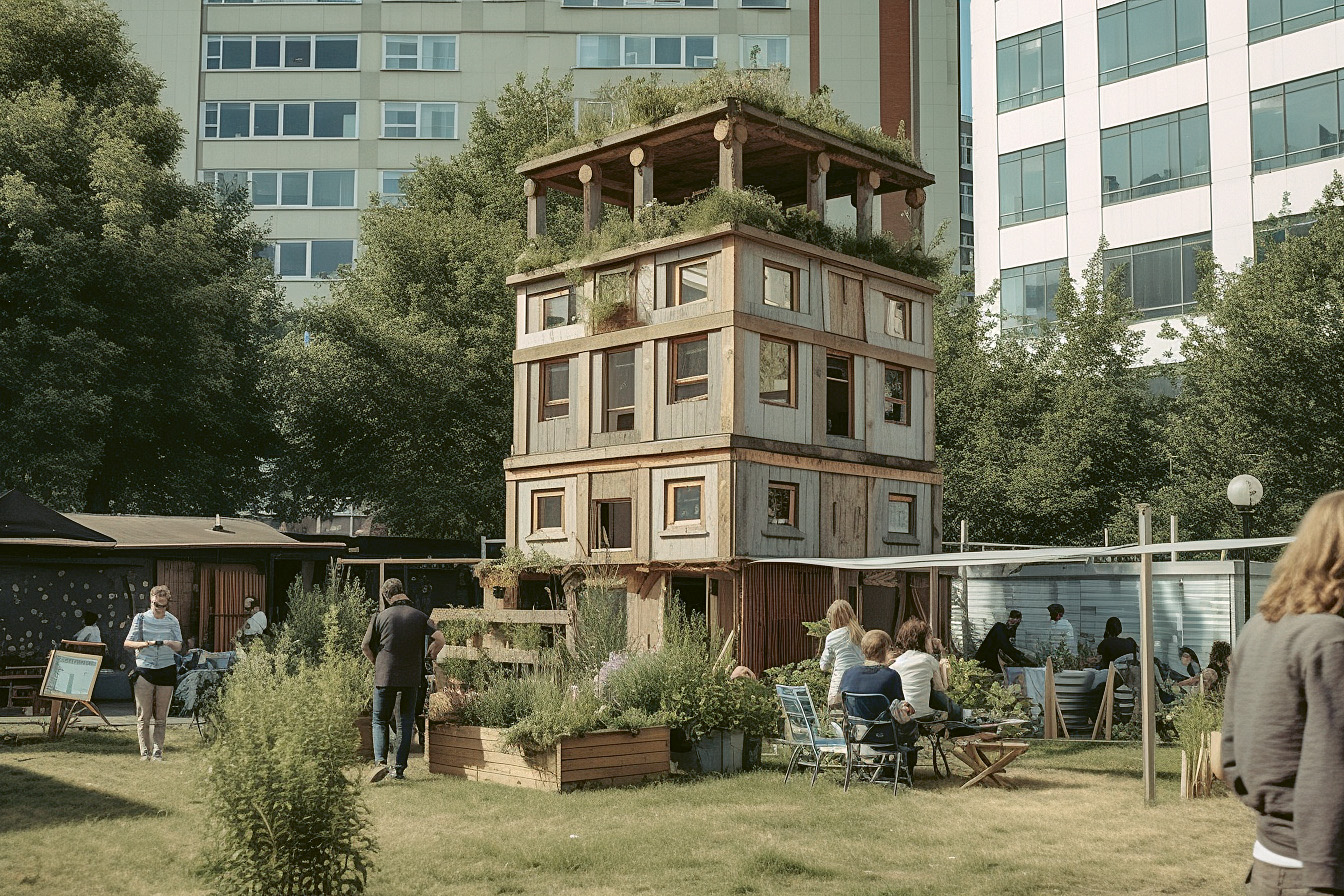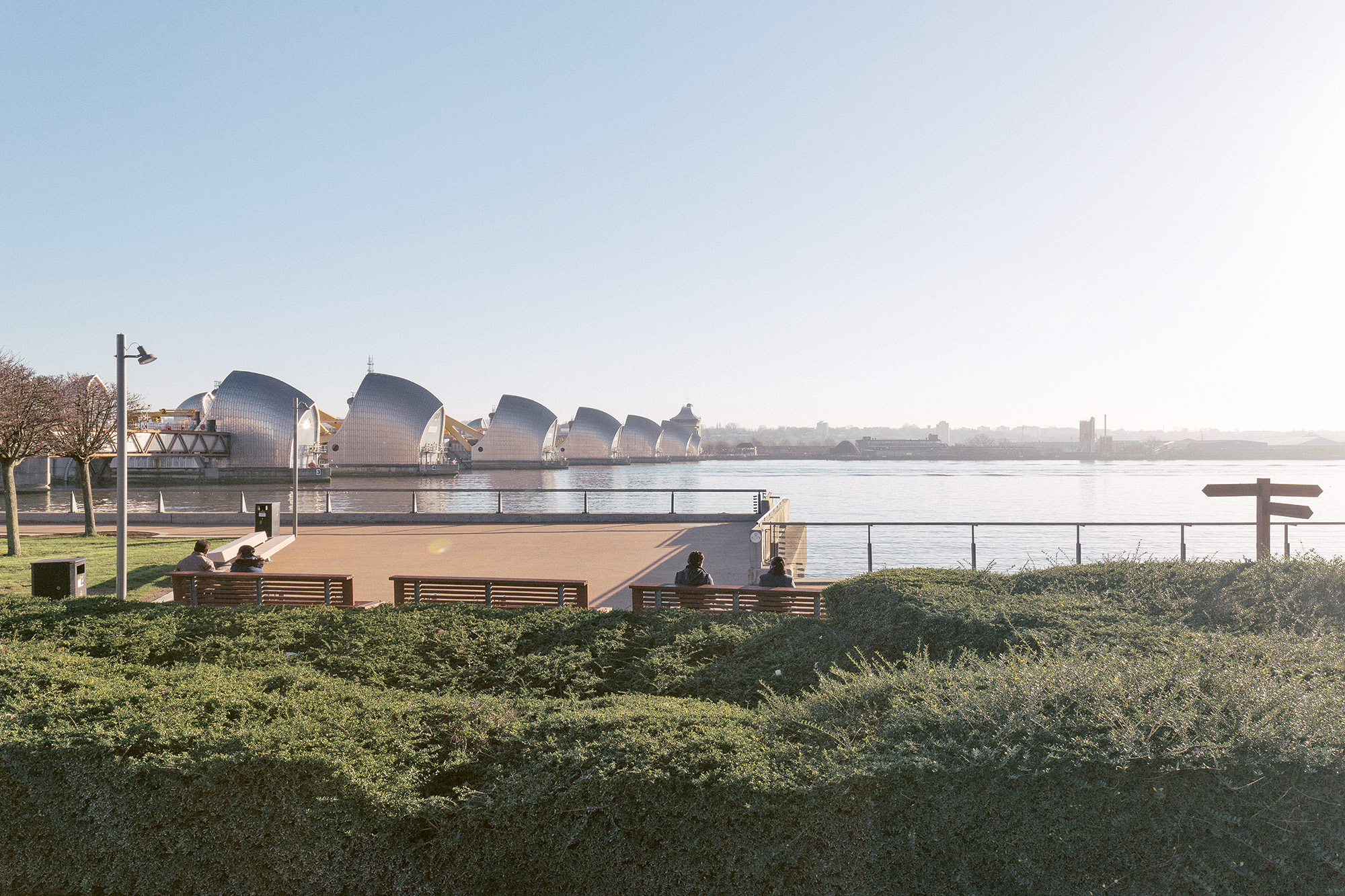London of the Future: the culture of the capital in 2123
A new book from The London Society invites a range of experts on the capital to consider what the city might be like in 2023. The project, overseen by the organisation’s director Rob Fiehn, eschews the megaproject radicalism of the publication’s forerunner, published in 1921, instead hoping for granular, community & nuanced forms of development. Will Jennings reads it to see what it means for the culture of London over the next century.
The London Society was created in 1912 by a
group concerned with the lack of planning and forward-thinking of the capital
city. The organisation still operates today through series of events, walks, and discussions
around the city, and while the originators – including Aston Webb, Lord Northcliffe, Gordon
Selfridge and Edwin Lutyens – have long passed and entered the annals of architecture and London history, the group has evolved and is still run by and for those concerned with
our built environment.
The evolution of The London Society has continued for over a century, observing and feeding into the evolution of the city, and now they have a new publication, featuring a range of expert thoughts looking both back on that century, but also into the next. London of the Future is nearly 200 hardback pages of deep thinking, imagining, and hope for the city. Over twenty texts from the likes of Anna Minton, Tony Travers, Gillian Darley, Yasmin Jones-Henry, and Hugh Pearman (see 00152) the London leading up to 2123 is conjured up through a range of lenses.
![]()
![]()
![]()
The conceit of considering the city in a century’s time is not a new idea. The whole project, conceived and overseen by London Society director Rob Fiehn, responds to the original edition of London of the Future, also published by the society in 1921. Like all historical texts centred on future imagining, there is some joy from the original book in discovering what did and did not come to fruition from its hopes for the century which followed. Born in the shadows of World War I, with grand future ideas such as green belts, train connection to Europe, and an orbital motorway, it held within its pages radical hope for a better world, and how architecture and planning can be central to that.
Radicalism is not new, and as pointed out by Peter Murray in his introduction, it is not always headed in the right direction. Murray notes that in the 1923 version, “some of the most radical – and in hindsight ridiculous – suggestions came form the politician Lord Montagu of Beaulieu, who advocated for airports over parks ‘with, say, a winter garden underneath.’” While there are no broad-brush architectural imaginings such as this in the new book, one wonders how a reader in 100 years may look back on the Midjourney-created AI images used to illustrate his chapter, visual collaborations with digital agency Squint Opera which speak less of London and more of a hazy, unreal, digital nonplace. We can only hope that the London that evolves has some indviduality and uniqueness that sets it apart from the digital fog of ubiquity.
![]()
![]()
![]()
Most of the texts in London of the Future eschew grand gestures in favour of a smaller, more nuanced reworking of the systems, though in many cases no less radical than a city centre airport over a wintergarden that would, presumably have been very quickly co-opted by foxes and cruisers. Neal Shasore – historian and head of the London School of Architecture – weaves decolonising, decarbonising, and destandardising into future architectural education. Urbanist and writer, Sarah Ichioka, advocates a regenerative London in which waste is a resource within a circular economy of nature. Broadcaster and engineer, Roma Agrawal, calls for an updated version of the Vitruvian engineer to work not only on physical structures, but also infrastructure, climate change, healthcare, and food production. Mark Brearley calls for a rebirth of local high streets as places beyond food, drink, and commercial consumption, into hives of community and activity. We are now not in a time of the megastructure, singular solution, or concrete ideas, but one of recognition, undoing, reworking, and networked imagining.
Art and culture have always been central to London’s networks, whether those of economics and employment, place recognition and World City branding, or on a more local level as modes of creating and nurturing community. Of course, London has also been the backdrop for a great amount of culture which specifically speaks to the city’s architecture and urbanity. In his chapter alone, Hugh Pearman references a series of dystopian and chilling stories rooted in the capital: GK Chesterton’s The Napolean of Notting Hill, Will Self’s The Book of Dave, JG Ballard’s The Drowned World, Danny Boyle’s 28 Days Later, and Edgar Wright’s Shaun of the Dead.
![]()
![]()
![]()
It is therefore slightly surprising that it does not equally saturate the texts and ideas across London of the Future, though it is the focus of Jude Kelly’s chapter, A Leap of Imagination. Kelly, who was artistic director of the Southbank Centre between 2006 and 2018, asks the question “What will London’s culture look like in 100 years’ time?” The Southbank Centre, of course, can be found in one of the capital’s largest ever megastructural projects, 1951’s Festival of London, which left a huge physical artistic legacy. The Royal Festival Hall, Queen Elizabeth Hall, Purcell Room, Hayward Gallery, National Poetry Library, BFI Southbank, and National Theatre are all either legacies of the festival or were developed on the postwar campus which followed. In 2000, Tate Modern was added to the intense cultural cluster (not to mention the London Eye, the London Aquarium, the London Dungeons and the very culturally important Shrek’s Adventure) and there now few sites in the world which can better show how art and culture has radically transformed a part of the city in only a few decades.
Keeping in common with other contributors, however, Kelly is not demanding the next century is dominated by megaprojects, dazzling new venues, and festivals. She hopes for a hyperlocal approach, where “all schools will contain music and film studios, drama and dance workshops, art and design rooms, and theatre/concert halls.” These would then also benefit the local communities beyond the school, while she expands her thinking to include London Creative Cards for everybody younger than 22 and older than 55, redeemable for performances, projects, and classes.
![]()
![]()
![]()
These are, it must be said, ideas which arguably look back over the last century of politics and ideology more than where we are now or a futuristic future. But looking forward has always required a lot of looking backwards, to make sense of the past and recognise our successes and failings. “The future of heritage in London is, put simply, effectively the future of London,” says historian Gillian Darley, who also notes that despite it’s architectural and cultural importance, the entire Southbank Centre complex is repeatedly immune from conservation listing, and consequently constantly at risk. Darley’s text concentrates on what we have conserved, and what we may want to conserve in the future.
Aside from the texts, Future of London is also a great visual resource of the capital. Richly illustrated throughout, it also benefits from a great deal of urban images from architectural photographer Chris Hopkinson who runs Chromaphotography, and whose images also illustrated this article. His images don’t just capture London in its sculptural form, but London as a place of activity – in the process of construction, occupation, and activation. Archive images and illustrations also add to the mix, and of course, the whole book is wrapped in brightly coloured illustrated isometric fabulousness by designer Adam Nathaniel Furman.
![]()
![]()
![]()
The evolution of The London Society has continued for over a century, observing and feeding into the evolution of the city, and now they have a new publication, featuring a range of expert thoughts looking both back on that century, but also into the next. London of the Future is nearly 200 hardback pages of deep thinking, imagining, and hope for the city. Over twenty texts from the likes of Anna Minton, Tony Travers, Gillian Darley, Yasmin Jones-Henry, and Hugh Pearman (see 00152) the London leading up to 2123 is conjured up through a range of lenses.



figs.i-iii
The conceit of considering the city in a century’s time is not a new idea. The whole project, conceived and overseen by London Society director Rob Fiehn, responds to the original edition of London of the Future, also published by the society in 1921. Like all historical texts centred on future imagining, there is some joy from the original book in discovering what did and did not come to fruition from its hopes for the century which followed. Born in the shadows of World War I, with grand future ideas such as green belts, train connection to Europe, and an orbital motorway, it held within its pages radical hope for a better world, and how architecture and planning can be central to that.
Radicalism is not new, and as pointed out by Peter Murray in his introduction, it is not always headed in the right direction. Murray notes that in the 1923 version, “some of the most radical – and in hindsight ridiculous – suggestions came form the politician Lord Montagu of Beaulieu, who advocated for airports over parks ‘with, say, a winter garden underneath.’” While there are no broad-brush architectural imaginings such as this in the new book, one wonders how a reader in 100 years may look back on the Midjourney-created AI images used to illustrate his chapter, visual collaborations with digital agency Squint Opera which speak less of London and more of a hazy, unreal, digital nonplace. We can only hope that the London that evolves has some indviduality and uniqueness that sets it apart from the digital fog of ubiquity.



figs.iv-vi
Most of the texts in London of the Future eschew grand gestures in favour of a smaller, more nuanced reworking of the systems, though in many cases no less radical than a city centre airport over a wintergarden that would, presumably have been very quickly co-opted by foxes and cruisers. Neal Shasore – historian and head of the London School of Architecture – weaves decolonising, decarbonising, and destandardising into future architectural education. Urbanist and writer, Sarah Ichioka, advocates a regenerative London in which waste is a resource within a circular economy of nature. Broadcaster and engineer, Roma Agrawal, calls for an updated version of the Vitruvian engineer to work not only on physical structures, but also infrastructure, climate change, healthcare, and food production. Mark Brearley calls for a rebirth of local high streets as places beyond food, drink, and commercial consumption, into hives of community and activity. We are now not in a time of the megastructure, singular solution, or concrete ideas, but one of recognition, undoing, reworking, and networked imagining.
Art and culture have always been central to London’s networks, whether those of economics and employment, place recognition and World City branding, or on a more local level as modes of creating and nurturing community. Of course, London has also been the backdrop for a great amount of culture which specifically speaks to the city’s architecture and urbanity. In his chapter alone, Hugh Pearman references a series of dystopian and chilling stories rooted in the capital: GK Chesterton’s The Napolean of Notting Hill, Will Self’s The Book of Dave, JG Ballard’s The Drowned World, Danny Boyle’s 28 Days Later, and Edgar Wright’s Shaun of the Dead.



figs.vii-ix
It is therefore slightly surprising that it does not equally saturate the texts and ideas across London of the Future, though it is the focus of Jude Kelly’s chapter, A Leap of Imagination. Kelly, who was artistic director of the Southbank Centre between 2006 and 2018, asks the question “What will London’s culture look like in 100 years’ time?” The Southbank Centre, of course, can be found in one of the capital’s largest ever megastructural projects, 1951’s Festival of London, which left a huge physical artistic legacy. The Royal Festival Hall, Queen Elizabeth Hall, Purcell Room, Hayward Gallery, National Poetry Library, BFI Southbank, and National Theatre are all either legacies of the festival or were developed on the postwar campus which followed. In 2000, Tate Modern was added to the intense cultural cluster (not to mention the London Eye, the London Aquarium, the London Dungeons and the very culturally important Shrek’s Adventure) and there now few sites in the world which can better show how art and culture has radically transformed a part of the city in only a few decades.
Keeping in common with other contributors, however, Kelly is not demanding the next century is dominated by megaprojects, dazzling new venues, and festivals. She hopes for a hyperlocal approach, where “all schools will contain music and film studios, drama and dance workshops, art and design rooms, and theatre/concert halls.” These would then also benefit the local communities beyond the school, while she expands her thinking to include London Creative Cards for everybody younger than 22 and older than 55, redeemable for performances, projects, and classes.



figs.x-xii
These are, it must be said, ideas which arguably look back over the last century of politics and ideology more than where we are now or a futuristic future. But looking forward has always required a lot of looking backwards, to make sense of the past and recognise our successes and failings. “The future of heritage in London is, put simply, effectively the future of London,” says historian Gillian Darley, who also notes that despite it’s architectural and cultural importance, the entire Southbank Centre complex is repeatedly immune from conservation listing, and consequently constantly at risk. Darley’s text concentrates on what we have conserved, and what we may want to conserve in the future.
Aside from the texts, Future of London is also a great visual resource of the capital. Richly illustrated throughout, it also benefits from a great deal of urban images from architectural photographer Chris Hopkinson who runs Chromaphotography, and whose images also illustrated this article. His images don’t just capture London in its sculptural form, but London as a place of activity – in the process of construction, occupation, and activation. Archive images and illustrations also add to the mix, and of course, the whole book is wrapped in brightly coloured illustrated isometric fabulousness by designer Adam Nathaniel Furman.



figs.xiii-xv
The
London Society is a forum for debate on the future
of London. Established in 1912, it organises events, arranges visits to a
variety of buildings and institutions, and sponsors the All-Party Parliamentary
Group for London’s Planning and Built Environment.
www.londonsociety.org.uk
Rob
Fiehn is the director of the London Society. He is also a London-based
communications consultant specialising in architecture and design. He is the
chair of the Museum of Architecture and a trustee of the Blackhorse Workshop in
Walthamstow. Rob worked on two books published in 2023, Collective Action! The
Power of Collaboration and Co-Design in Architecture and
London of the Future.
www.robertfiehn.com
Chris Hopkinson is an architectural & interior
photographer working globally, but based in London. As a photographer who is
architecturally trained, Chris has a unique vision of the built environment,
offering a remarkable perspective through the camera lens. His extensive body
of work spans from multi-million pound developments to modest residential work,
allowing him to utilise his keen eye and photography skills to capture the
nuances of architectural design.
www.chromaphotography.co.uk
www.robertfiehn.com


